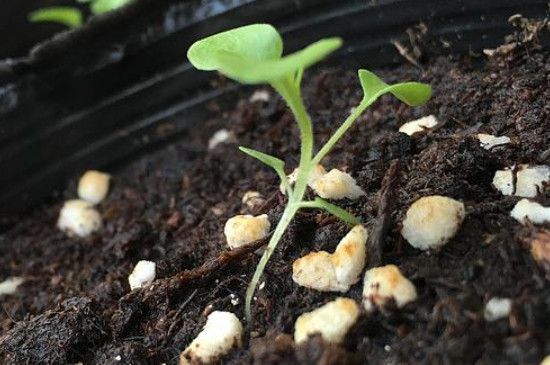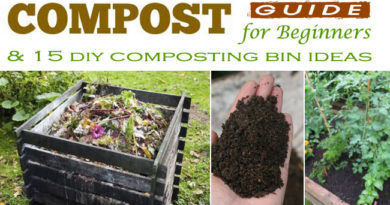Dealing with Damping Off Disease in Seed Starting: Solutions and Prevention Strategies.
Gardeners beware, a common problem may strike your indoor seed starting efforts: damping-off. This nasty disease can quickly cause your once healthy seedlings to wilt and die.

What Is Damping-Off?
It is caused by various fungi and pathogens in the soil, water, and even seeds. Although fungi are the most commonly known culprit, other microorganisms known as oomycetes, also known as water molds, can also be the cause.
Damping-off can manifest in various ways, such as swelling, discoloration, bending, rotting, and death of seedlings. Symptoms can range from water-logged stems and leaves, to rot in seeds before germination.

Unfortunately, once the seedlings are affected, there is no cure. However, there are steps you can take to prevent it from happening in the future.
Keep an eye out for green algae on the surface of your potting mix, as this can indicate damp conditions favorable to damping-off. It’s important to note that just because you have algae doesn’t mean you have damping-off, but it’s better to be cautious.
If you suspect that your seedlings may be affected by damping-off, take action to prevent its spread and protect future plantings.
How to Prevent Damping-Off

There are several steps you can take to reduce the risk of damping-off in your indoor seed starting setup:
- Sterilize your soil mix – This will help to kill any pathogens that may be present in the soil.
- Use a high-quality potting mix – Make sure the mix you use is well-draining and free of pathogens.
- Avoid over-watering – Damping-off thrives in damp conditions, so make sure you are not over-watering your seeds and seedlings.
- Provide proper air circulation – Good air circulation can help to reduce the risk of damping-off by keeping the air dry and promoting healthy growth.
- Practice good hygiene – Clean and disinfect your seed trays, pots, and tools before using them. This will help to prevent the spread of pathogens from one planting to the next.
What to Do If You Suspect Damping-Off

If you suspect that your seedlings are affected by damping-off, here are a few steps you can take to prevent the spread of the disease:
Remove infected seedlings immediately – This will help to prevent the spread of the disease to other plants.
Clean and disinfect the affected area – This will help to prevent the spread of the disease to future plantings.
Consider using a fungicide – If you have a severe outbreak of damping-off, a fungicide may be necessary to control the spread of the disease.

Damping-off can be a frustrating problem for indoor gardeners, but by following these prevention tips and taking action if you suspect the disease, you can reduce the risk of this plant killer.
Remember, the key to preventing and managing damping-off is to be proactive and vigilant. Keep a close eye on your seedlings, and if you notice any signs of the disease, act quickly to stop it from spreading. With the right approach, you can keep your indoor garden healthy and thriving.

It’s also important to be mindful of the environmental conditions in your indoor growing area. Keep the temperature, humidity, and light levels within optimal ranges for seedling growth, and avoid overcrowding your plants, which can lead to poor air circulation and an increase in dampness.

Finally, consider rotating the crops you grow in your indoor garden. This can help to reduce the build-up of pathogens in the soil, and minimize the risk of recurrent outbreaks of damping-off.
By following these tips, you can successfully prevent and manage damping-off in your indoor garden, and enjoy a healthy, productive growing season.



